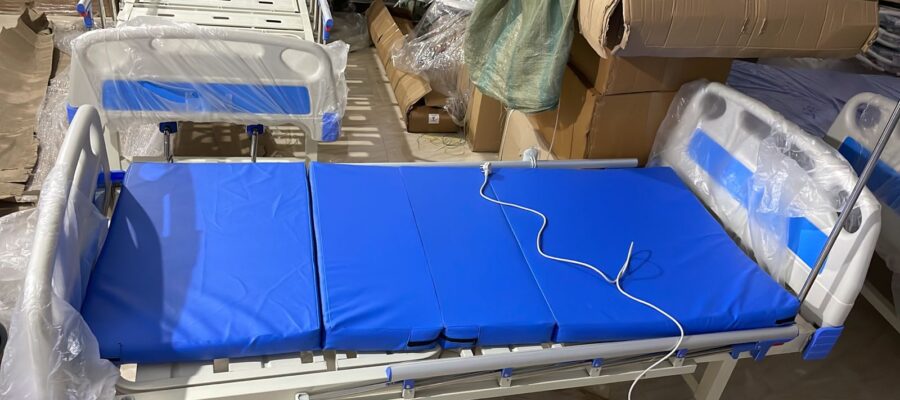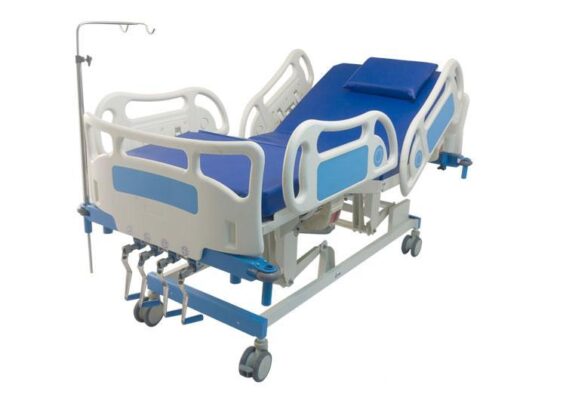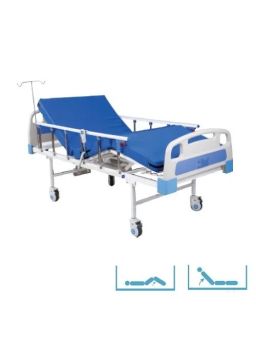In India, millions of people are fighting against COVID-19 due to very low oxygen levels resulting from hypoxemia and pneumonia. Medical oxygen has become one of the life-saving commodities to compensate for the shortage of oxygen. The poor management of oxygen supplies is risking the lives of people. But now, it’s time to bring the need for producing and supplying medical oxygen into the global spotlight.
Thank you for reading this post, don't forget to subscribe!Why COVID-19 Patients Require Oxygen?
COVID-19 disease, caused by Sars-CoV-2, is responsible for hypoxemia and pneumonia. Hypoxemia, characterized by the lack of oxygen in the blood, is a life-threatening complication of COVID-19 pneumonia.
Patients affected with COVID-19 infection can be treated with antiviral drugs. The oxygen saturation levels of a COVID-19 patient determine whether the patient needs oxygen therapy or not. In this regard, medical oxygen has been proven to be life-saving. (1)
Where Does Medical Oxygen Come From?
Low and middle-income countries are facing a continuous shortage of oxygen. With a very high rate of COVID-19 infection, India requires approximately 600 million cubic feet (17 million cubic meters) of oxygen per day. With this need for oxygen, India only produces only about seven million cubic meters per day, says the Indian Ministry of Health. It means that thousands of people in dire need of oxygen are dying due to the shortfall of oxygen.
About 102 countries are a part of the import-export-trading chain of medical oxygen. According to the World Bank, 80 percent of medical oxygen was exported by 10 countries.(2)
What are the Challenges many Countries Face in Providing Oxygen to Patients?
For detecting hypoxemia and providing oxygen to patients, an oxygen system is used. An oxygen system contains the source of oxygen, a pulse oximeter (it detects hypoxemia), a power supply, a technical device to provide oxygen (oxygen tubing or flow meters), and an oxygen analyzer to check the purity level of oxygen. (3)
Being a low-income country, India has been facing many challenges in getting medical oxygen for COVID-19 patients. Even before the pandemic, pneumonia patients find it difficult to hospital admission. But what is the reason? It is because of the absence of proper systems to supply oxygen to patients. Lack of knowledge and anticipation, and lack of resources are the major causes for the neglect of oxygen systems.
Many hospitals, where there are no oxygen systems, under-resourced some services like infection control, water supply, sanitation, or power supply. Even before the pandemic, many hospitals have not been ready to invest in oxygen systems. (4)
However, Big pharmaceutical companies have started making a profit by developing and scaling up oxygen. Robust oxygen systems include oxygen sources like oxygen concentrators, oxygen generators, and oxygen cylinders.
What Steps Must be Taken to Improve the Situation?
To supply the whole country with oxygen needs, healthcare services and governments should work through global partnerships. For example, oxygen cylinders and oxygen concentrators are highly needed at present, but there are manufacturers that are scaling up their production. Recently, the importation of 10,000 oxygen concentrators has been announced by the Indian government.
The following are some of the steps that must be taken to improve the situation:
- Training Programs:
Many training programs must be established by healthcare services and their partners regarding the right use of oxygen technology. A very short time is required in the presence of appropriate management and planning.
- Evaluation of Oxygen Supply System:
The shortage of piped medical gas systems is prevalent in almost all district-level hospitals of India. Even larger cities have a single-cylinder despite heavy consumption. For all district-level hospitals, it is crucial to assess an uninterrupted oxygen supply system.
- Oxygen Monitoring System:
Monitoring of uninterrupted oxygen supplies requires the appropriate equipment. But unfortunately, critical care areas are at risk because of ill-equipped hospitals. Different hospital areas require the supervision of oxygen supply under an alarm-based oxygen monitoring system in order to address oxygen supply shortages in critical care areas.
- Oxygen Production:
Despite the life-saving power of oxygen, it is produced by only a few vendors in India. Irrational supply of oxygen and cost escalation is the outcome of oxygen production with a few manufacturers. Investments in oxygen should be encouraged to have fair market play. (5)



